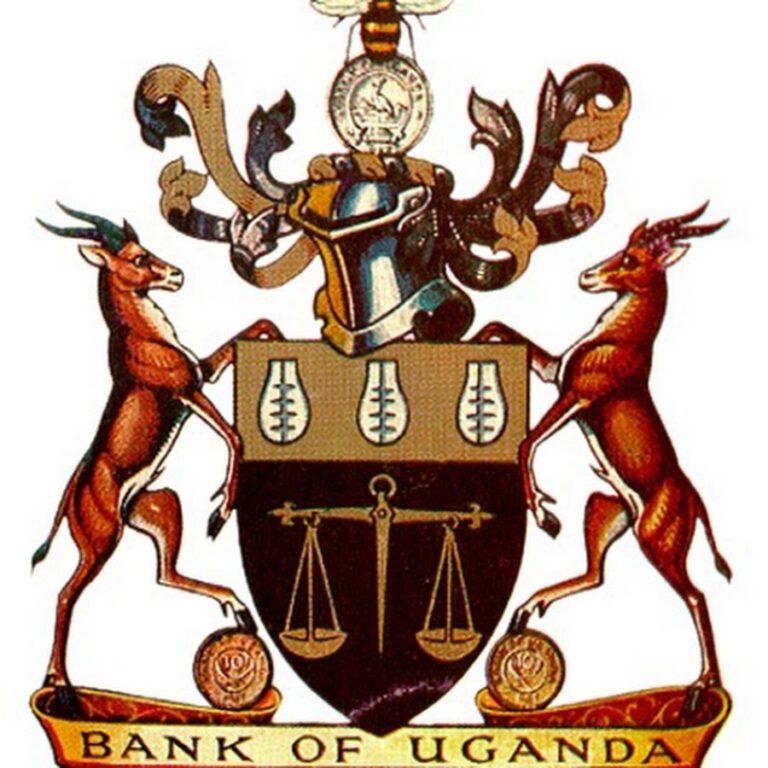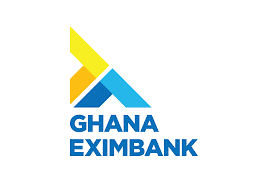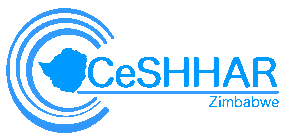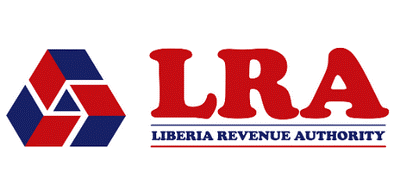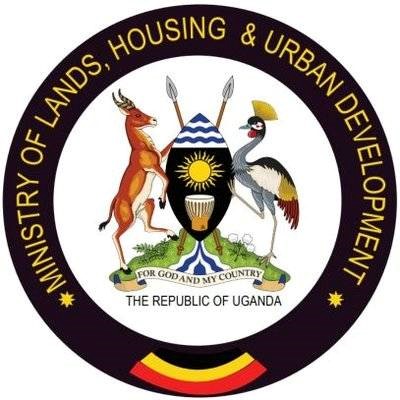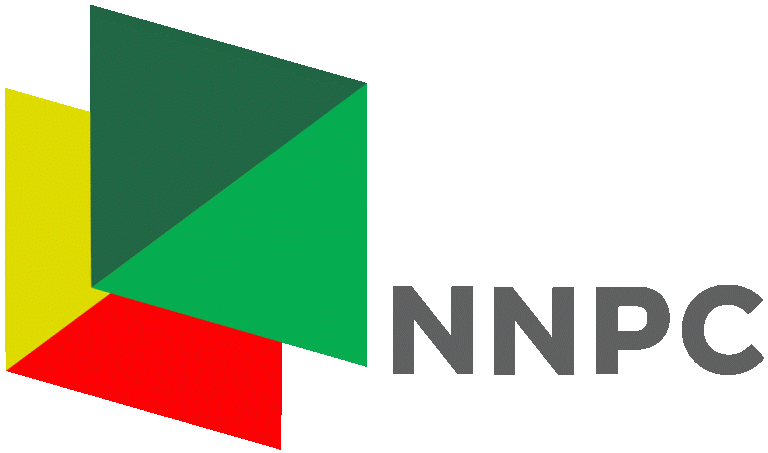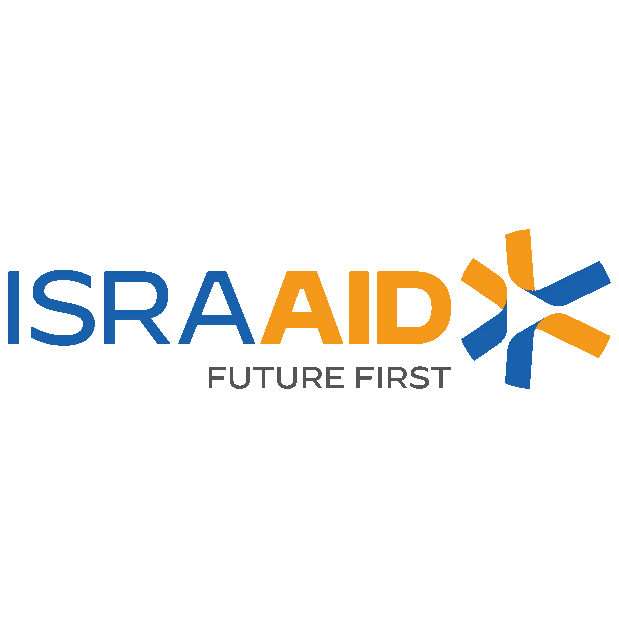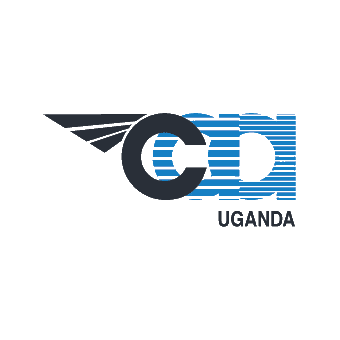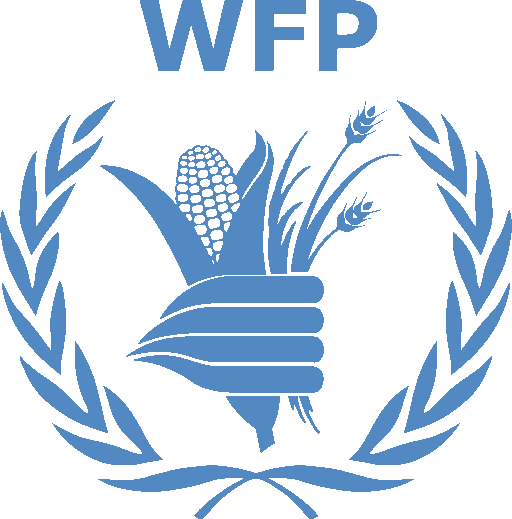Training On Quantitative Data Management Analysis and Visualization with Python
INTRODUCTION
Python has emerged as one of the most powerful and versatile tools for data analysis and visualization. Its extensive libraries and packages make it an ideal choice for managing, analyzing, and visualizing quantitative data efficiently and effectively. This training course is designed to provide participants with the essential skills required to perform data management, statistical analysis, and data visualization using Python, focusing on real-world applications in research, business, and decision-making.
The course will emphasize hands-on learning, guiding participants through the process of data manipulation, performing quantitative analysis, and creating compelling visualizations. By using popular Python libraries such as Pandas, NumPy, Matplotlib, Seaborn, and Plotly, participants will gain a comprehensive understanding of how to manage and analyze large datasets and present findings in an intuitive and visually appealing way.
DURATION
10 Days
TARGET AUDIENCE
The course targets participants with elementary knowledge of Statistics from Agriculture, Economics, Food Security and Livelihoods, Nutrition, Education, Medical or public health professionals among others who already have some statistical knowledge, but wish to be conversant with the concepts and applications of statistical modeling using Phython.
OBJECTIVES
By the end of the course, participants will be able to:
- Understand the Basics of Python for Data Science: Learn Python programming fundamentals and key libraries used for data analysis.
- Effectively Manage and Manipulate Data: Use Python’s Pandas and NumPy libraries to import, clean, and organize datasets.
- Perform Quantitative Data Analysis: Apply statistical methods and techniques to analyze data, including descriptive and inferential statistics.
- Create Informative Data Visualizations: Use Matplotlib, Seaborn, and Plotly to build effective visualizations like bar charts, line graphs, heatmaps, and interactive plots.
- Conduct Advanced Data Analysis: Perform more advanced techniques such as regression analysis, correlation analysis, and hypothesis testing.
- Automate Data Processing Tasks: Learn to write Python scripts for automating repetitive data tasks, and handle large datasets with ease.
- Communicate Insights Effectively: Learn how to interpret and present quantitative data findings clearly, making use of Python-generated reports and visualizations.
COURSE OUTLINE
Module 1: Introduction to Python for Data Management and Analysis
Introduction to Python Programming
- Overview of Python and its use in data science.
- Installing Python and setting up the environment (using Anaconda, Jupyter Notebooks, etc.).
- Basic Python syntax and operations.
Key Python Libraries for Data Analysis
- Introduction to Pandas for data manipulation.
- Introduction to NumPy for numerical computing.
- Installing and importing Python libraries.
Working with Data in Python
- Importing datasets from different file types (CSV, Excel, JSON).
- Exploring and understanding the structure of datasets using head(), info(), and describe().
Module 2: Data Management and Cleaning in Python
Data Manipulation with Pandas
- DataFrames and Series objects.
- Selecting, filtering, and sorting data.
- Aggregating data using groupby(), pivot_table(), and apply().
Data Cleaning and Preparation
- Handling missing data using isnull(), fillna(), and dropna().
- Renaming columns, changing data types, and string manipulation.
- Dealing with duplicates, outliers, and erroneous data.
Reshaping and Merging Datasets
- Merging multiple datasets using merge() and join().
- Reshaping data with melt() and pivot().
Module 3: Quantitative Data Analysis and Statistical Methods
Descriptive Statistics
- Calculating basic statistics such as mean, median, mode, standard deviation, and variance.
- Generating frequency distributions and cross-tabulations.
Inferential Statistics
- Hypothesis testing and p-values.
- T-tests, ANOVA, and chi-square tests for comparing groups.
- Correlation analysis: Pearson and Spearman correlations.
Regression Analysis
- Simple linear regression using Statsmodels and SciPy.
- Multiple regression models and interpreting coefficients.
- Logistic regression for binary outcomes.
Module 4: Data Visualization with Matplotlib and Seaborn
Introduction to Data Visualization in Python
- Overview of visualization libraries: Matplotlib, Seaborn, and Plotly.
- Best practices for designing effective and informative visualizations.
Basic Visualizations Using Matplotlib
- Line plots, bar plots, histograms, and scatter plots.
- Customizing plots: adding titles, labels, and annotations.
- Working with subplots and figure layouts.
Advanced Visualizations with Seaborn
- Heatmaps, pair plots, and box plots for visualizing relationships between variables.
- Styling plots using Seaborn themes and color palettes.
Module 5: Interactive and Dynamic Visualizations with Plotly
Introduction to Plotly
- Overview of Plotly for creating interactive and web-ready visualizations.
- Plotting basic charts: scatter plots, line charts, and bar charts.
Creating Interactive Dashboards
- Building interactive visualizations and dashboards using Dash (a Python web application framework).
- Creating filters, sliders, and dropdowns to interact with visual elements.
- Integrating Plotly visualizations with dashboards to create dynamic reports.
Module 6: Automating Data Analysis and Reporting
Automating Data Cleaning and Transformation Tasks
- Writing Python scripts to automate repetitive data tasks.
- Using loops and conditionals for automating workflows.
Generating Reports in Python
- Exporting analysis results to Excel and CSV files.
- Automating report generation using Jupyter Notebooks.
- Creating reproducible reports combining code, text, and visualizations.
Advanced Data Manipulation Techniques
- Working with large datasets: memory-efficient techniques and optimizations.
- Time-series analysis: handling date and time data, resampling, and rolling window calculations.
CERTIFICATION
- Upon successful completion of this training, participants will be issued with Macskills Training and Development Institute Certificate
TRAINING VENUE
- Training will be held at Macskills Training Centre. We also tailor make the training upon request at different locations across the world.
AIRPORT PICK UP AND ACCOMMODATION
- Airport pick up and accommodation is arranged upon request
TERMS OF PAYMENT
- Payment should be made to Macskills Development Institute bank account before the start of the training and receipts sent to info@macskillsdevelopment.com
Training On Quantitative Data Management Analysis And Visualization With Python in Kenya
| Dates | Fees | Location | Action |
|---|---|---|---|
| 13/10/2025 - 24/10/2025 | $3,950 | Kigali |
|
| 20/10/2025 - 31/10/2025 | $2,450 | Nairobi |
|
| 03/11/2025 - 14/11/2025 | $4,950 | Johannesburg |
|
| 10/11/2025 - 21/11/2025 | $3,950 | Kigali |
|
| 17/11/2025 - 28/11/2025 | $2,450 | Nairobi |
|
| 01/12/2025 - 12/12/2025 | $3,950 | Kigali |
|
| 08/12/2025 - 19/12/2025 | $2,450 | Nairobi |
|
| 05/01/2026 - 16/01/2026 | $5,950 | Dubai |
|
| 12/01/2026 - 23/01/2026 | $3,950 | Kigali |
|
| 19/01/2026 - 30/01/2026 | $2,450 | Nairobi |
|
| 02/02/2026 - 13/02/2026 | $4,950 | Johannesburg |
|
| 09/02/2026 - 20/02/2026 | $3,250 | Mombasa |
|
| 16/02/2026 - 27/02/2026 | $2,450 | Nairobi |
|
| 16/02/2026 - 27/02/2026 | $2,450 | Nairobi |
|
| 02/03/2026 - 13/03/2026 | $5,950 | Instanbul |
|
| 09/03/2026 - 20/03/2026 | $3,950 | Kigali |
|
| 16/03/2026 - 27/03/2026 | $2,450 | Nairobi |
|
| 06/04/2026 - 17/04/2026 | $4,950 | Pretoria |
|
| 13/04/2026 - 24/04/2026 | $2,450 | Nairobi |
|
| 04/05/2026 - 15/05/2026 | $5,950 | Dubai |
|
| 11/05/2026 - 22/05/2026 | $3,250 | Mombasa |
|
| 18/05/2026 - 29/05/2026 | $2,450 | Nairobi |
|
| 01/06/2026 - 12/06/2026 | $4,950 | Johannesburg |
|
| 08/06/2026 - 19/06/2026 | $3,250 | Mombasa |
|
| 15/06/2026 - 26/06/2026 | $2,450 | Nairobi |
|

